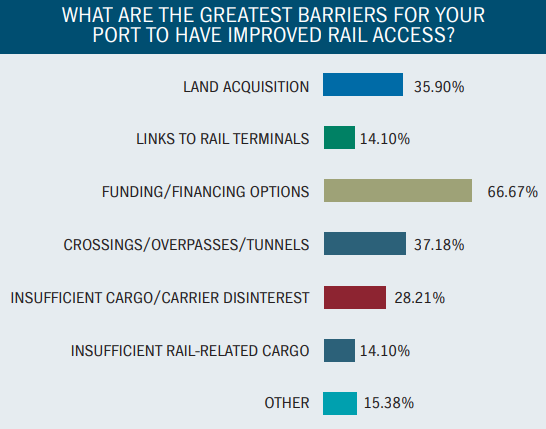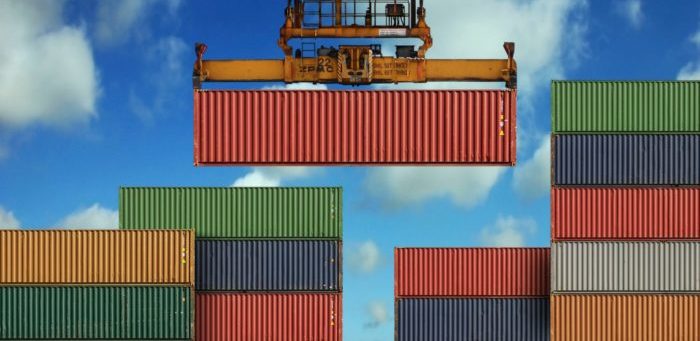Increasing freight volumes and a growing population in the US compound the necessity for efficient and reliable port connections, the most efficient and speedy of which is rail. However, rail access projects continue to face barriers to completion, according to a new report by the American Association of Port Authorities (AAPA), identifying more than $20 billion in projected multimodal port and rail access needs in the next decade.
In its ‘State of Freight III’ report, AAPA identifies some of the issues:

- 67% of ports report that funding and financing options are the biggest initial obstacles in getting port rail access projects started
- 37% say that problematic at-grade crossings or height restricted overpasses and tunnels within or near ports currently constrain capacity
- 36% report that land acquisition is also a big problem in developing and planning port rail access projects.
Without reliable connections into and out of our nation’s seaports the transportation system cannot work well. A healthy multimodal transportation system requires investment, however, some of the current programs to help provide federal investment are creating barriers to progress and improvement.
Further, the report notes that a third of ports have identified pressing rail project needs that cost more than $50 million. In fact, rail access is so important to the port industry and supply chain, AAPA notes, that within the next ten years, 77% of ports are planning on-dock, near-dock or rail access projects. Ports and their private sector partners are already investing $155 billion over the next five years in their terminals including expansions, infrastructure investments and rail.
In many cases, these projects are waiting on their government partners to invest in the connections outside the gate that are under their jurisdiction. Because of the importance of rail and multimodal connections to the nation, the federal government must take a closer look at addressing the barriers to improved access and funding.
The good news is that with 93% of ports reporting some form of rail access, US has a huge opportunity to improve existing infrastructure.
Ports have identified projects ready for investment and could move forward with these projects in the near term if the issues in this report can be addressed. A first step is to take a closer look at the barriers indicated in the report that are preventing these projects from being completed.
Find out more herebelow:































































